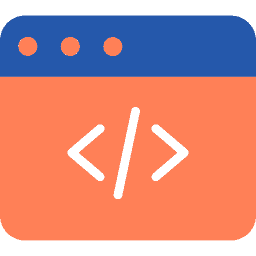Vestibular Therapy
Feeling like the world is spinning when you move? You’re not alone. Dizziness and balance problems caused by vestibular disorders can seriously impact your daily life. But there’s good news! Vestibular rehabilitation therapy (VRT) can help!

What is VRT?
Imagine this: your brain, body, and eyes are a well-coordinated team working together to keep you balanced and aware of your surroundings. Your vestibular system, located in your inner ear, plays a crucial role in this team. It acts like a tiny level, constantly sending signals to your brain about your head’s position and movement.
When something goes wrong with the vestibular system, the team gets confused. This can lead to dizziness, nausea, and balance problems, making even simple tasks like walking or reading feel like a challenge.
VRT steps in to retrain your brain, body, and eyes to work together again. It’s like physical therapy for your sense of balance. Through specialized exercises, you can:
- Reduce dizziness and nausea: by teaching your brain to adapt to the mixed signals coming from your vestibular system.
- Improve balance and coordination: by retraining your body to rely on other sensory cues, like vision and proprioception (knowing where your body parts are in space).
- Increase confidence and independence: by empowering you to manage your symptoms and regain control of your movement.

What to expect during VRT:
Your VRT program will be customized to your specific needs and the underlying cause of your vestibular disorder. Some common exercises might include:
Head movements: Gentle movements designed to stimulate your vestibular system and help your brain adapt.
Gaze stabilization: Focusing on a fixed object while moving your head, training your eyes to compensate for dizziness.
Balance training: Activities like standing on unstable surfaces or using balance boards to improve your body’s ability to adjust to changes in position.
Remember, VRT is a team effort.
Advanced Movement + Balance will guide you through the exercises, but your commitment and dedication are crucial for success. The good news is that VRT is highly effective, and most people experience significant improvement in their symptoms after completing their program.
Ready to take control of your dizziness and balance? Talk to your doctor today about whether VRT is right for you. And remember, with a little help from your brain, body, and eyes, you can get back to enjoying life in balance.




